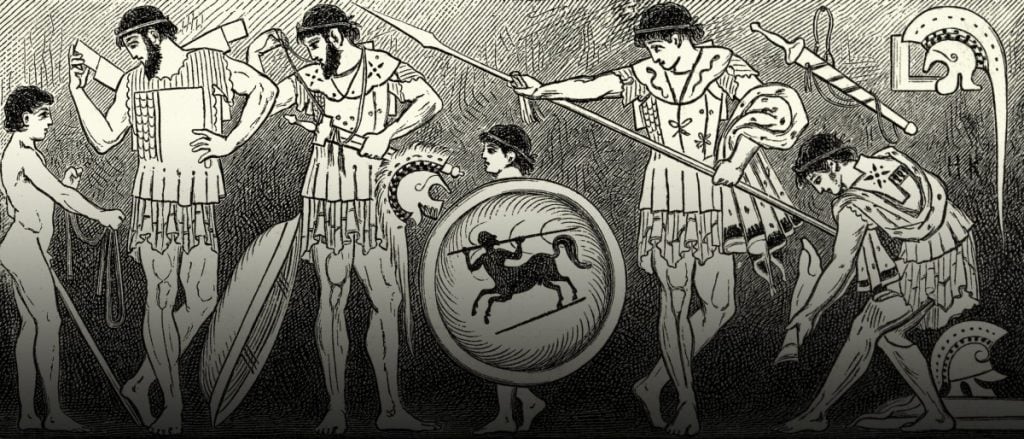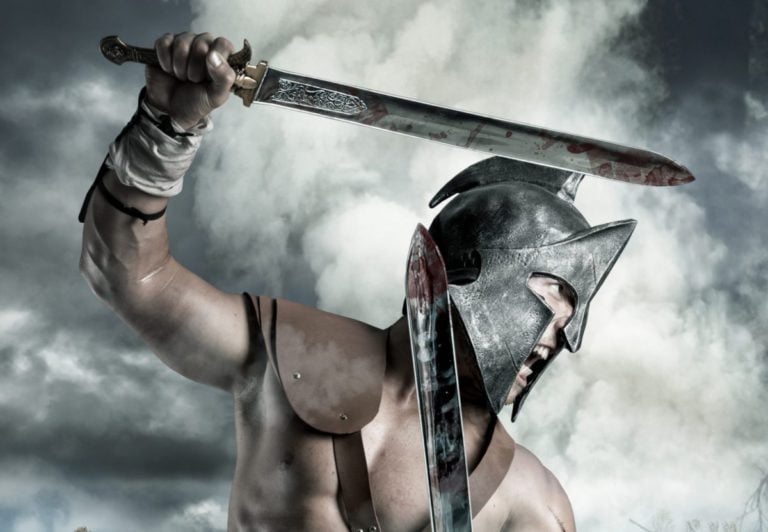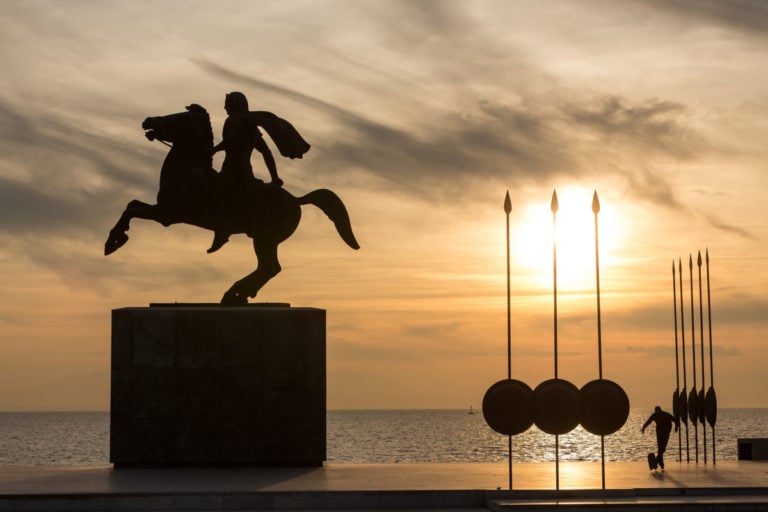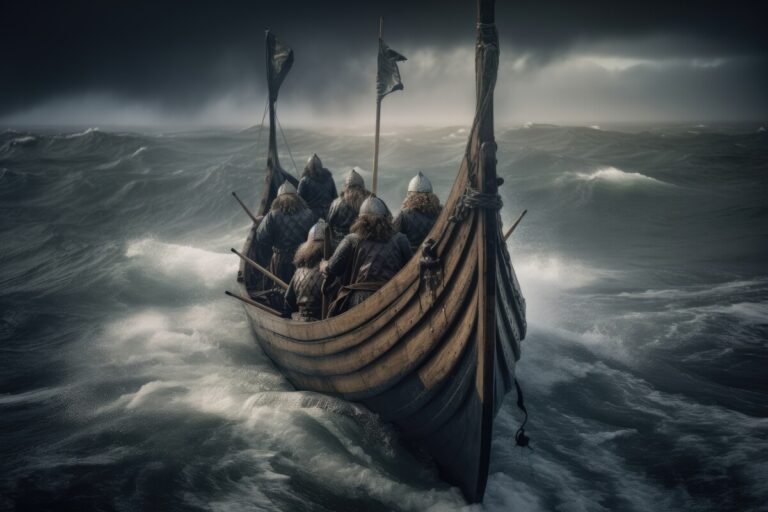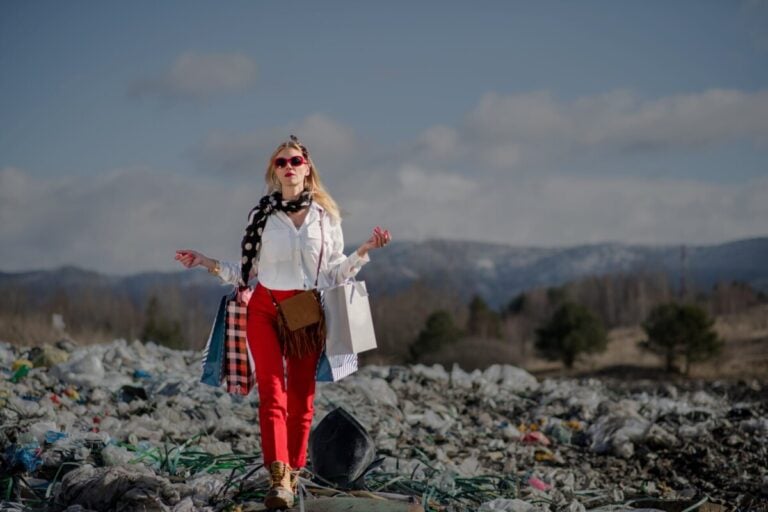Sparta is the famous city-state of Ancient Greece, considered the implementation of one of the most unique social, political and cultural systems in history. Known for its military might, Sparta trained its citizens in a strict manner to produce unyielding warriors.
- Birth of a child in Sparta
- Agoga. Training of young Spartans
- Test of endurance at the Sanctuary of Artemis
- Rite of Passage
- Sissity. Community meals as the basis of the Spartan community
- The role of women in Spartan education
- Laconism and wit
- Steady Warriors: Famous Battles and Achievements of Spartan Warriors
Spartan upbringing is synonymous with harsh and strict upbringing. Hence the constant competitions, common meals and many other harsh customs designed to raise strong citizens.
Birth of a child in Sparta
A Spartan could not personally control the future of his male offspring. He brought the boy to a place where the elders examined him and assessed the child. If he was healthy and strong, they ordered the father to raise him and the ritual of washing the child in wine could be performed.
If the child was weak or deformed, he was sent to depressions in the ground near Mount Taygetos. It was believed that it would be better for both the child and the city-states if he died, since from the very beginning he was not distinguished by health and strength.
In the case of girls, this procedure was not applied, and the decision about education remained with the parents.
Agoga. Training of young Spartans
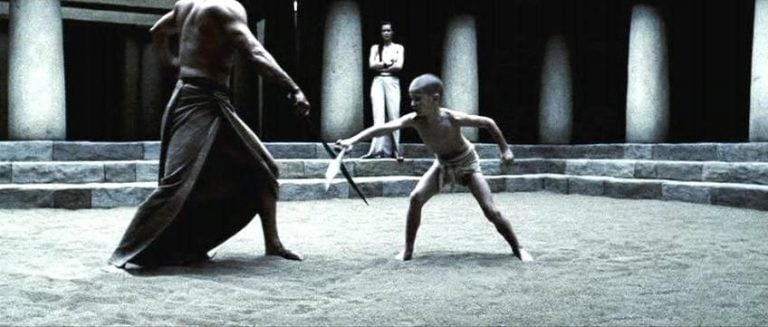
The program included training in fighting, hunting, reading, writing, as well as survival, endurance and character development. From this age they also came under state supervision. They were assigned to teams, within which they acted on equal terms.
Young Spartans were given only one piece of clothing per year and walked barefoot, which was supposed to toughen them even more. They were only allowed to bathe a few times a year. They slept on beds of reeds. They were required to obey every adult Spartan.
The Spartan education system was based on the principles of equality and severity. Therefore, they called themselves homoioi, which means “equals.” All young men, regardless of origin or status, were required to undergo the same training system.
From the age of 12-14, boys moved to the barracks and already underwent typical military training, but they were also taught to read and write. Greek literature and singing were part of their education. This stage lasted until they were 20 years old, when they became warriors. However, they became citizens capable of holding positions only after reaching 30 years of age. At that time they were allowed to live in their own home.
Test of endurance at the Sanctuary of Artemis
One of the components of education was a test of endurance in the sanctuary of Artemis. Here, groups of naked boys, watched by parents and other spectators, stood with their arms raised above their heads as lashes rained down on them. The one who showed pain or retreated lost. There are cases where boys preferred to die rather than bring shame on their family. The winner was the one who endured the longest.
Rite of Passage
Krypteia was a test of sorts for the most promising young Spartans, designed to test their survival skills, self-confidence and stealth. The krypteia was intended for outstanding young men who had undergone basic training in the agoge. The selection of candidates was careful and rigorous – both physical and intellectual skills were taken into account. Participants in the cryptea were required to demonstrate survival skills and courage.

The cryptea was conducted in secret, and its participants had to act completely independently. Young Spartans were sent to the territory conquered by Sparta. Their inhabitants were called helots. Krypteia also served as an instrument of social and political control. The actions of the young Spartans were aimed at intimidating the conquered population and preventing rebellion or resistance. By creating an atmosphere of fear and uncertainty, the helots were less inclined to oppose Spartan rule.
Sissity. Community meals as the basis of the Spartan community
Communal meals, known as sissitia, were an important part of the social and educational life of the Spartans. Sissitia served both an educational and social function – here young people were taught skills of communication, cooperation and relationship building.
In addition, participants shared food and resources, which influenced the development of a sense of equality and mutual assistance. However, those who could not cover the sissitia fee lost their civil rights. The Spartans’ average daily intake was estimated to be around 4,000 calories and was adequate for highly active people. In addition, the richest Spartans, providing extra-obligatory food, could occupy the best places at the table.
Absence had to be seriously justified; for less important reasons, a gift was left on the table. Sissitia were held not only on holidays, when sacrifices were made to the gods.
The most common food at feasts was barley bread and soup made from blood and boiled pork. Also present were typical Greek delicacies such as olives, figs, sheep’s cheese and olive oil.
The role of women in Spartan education
Unlike other ancient Greek cultures, Sparta placed great importance on the education of women. The girls participated in educational and sports programs to ensure their physical health as well as leadership skills. They wore clothes that did not restrict their movements. Their physical prowess led to their beauty being celebrated in Greece. However, women’s education was not limited to physical training.
The upbringing of girls was aimed at their future role as warrior mothers who were expected to run the household and raise children. The more children capable of fighting a woman gave birth, the more respect she enjoyed in society.
Laconism and wit
Laconism, or short and concise speech, is closely associated with Sparta. The term “laconicism” comes from Laconia, a region of ancient Greece whose capital was actually Sparta. Spartan warriors were known for their simple and concise communication style, which focused on conveying necessary information in the most effective way. This was very different from, say, Athens, where the art of speeches was taught.

Steady Warriors: Famous Battles and Achievements of Spartan Warriors
The Spartans were known as indomitable warriors, fearless on the battlefield. Their skill and resilience have been documented in many historical battles such as:
Battle of Thermopylae (480 BC) – King Leonidas and his 300 warriors became famous for their heroic defense against a huge Persian army under the command of Xerxes I. Despite being outnumbered, the Spartans managed to hold off the Persians for several days, allowing other Greek states to prepare their defensive structures.
Battle of Plataea (479 BC) – Spartan leader Pausanias led a Greek coalition that defeated the Persians in one of the decisive battles of the Persian Wars.
Battle of Mantinea (418 BC) – The Spartans, under the command of King Agis II, defeated the armies of Athens and its allies during the Peloponnesian War, cementing their position as a military power.
